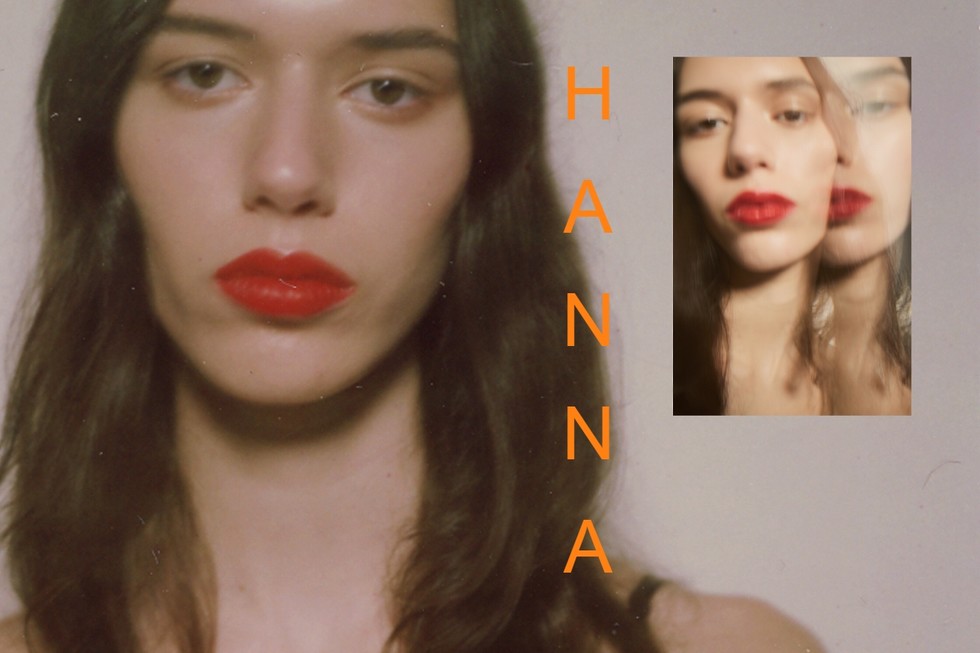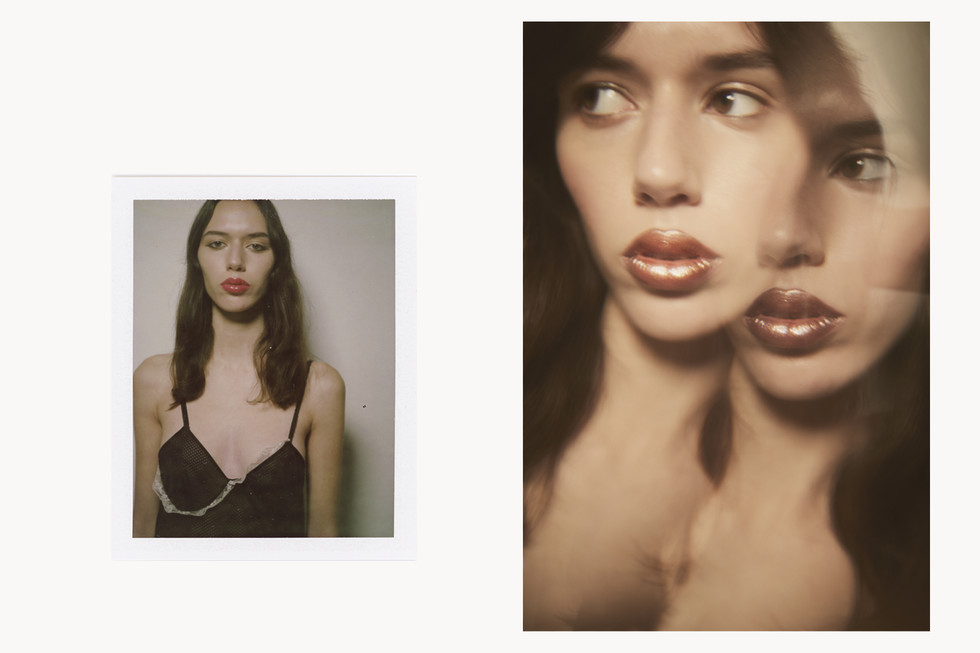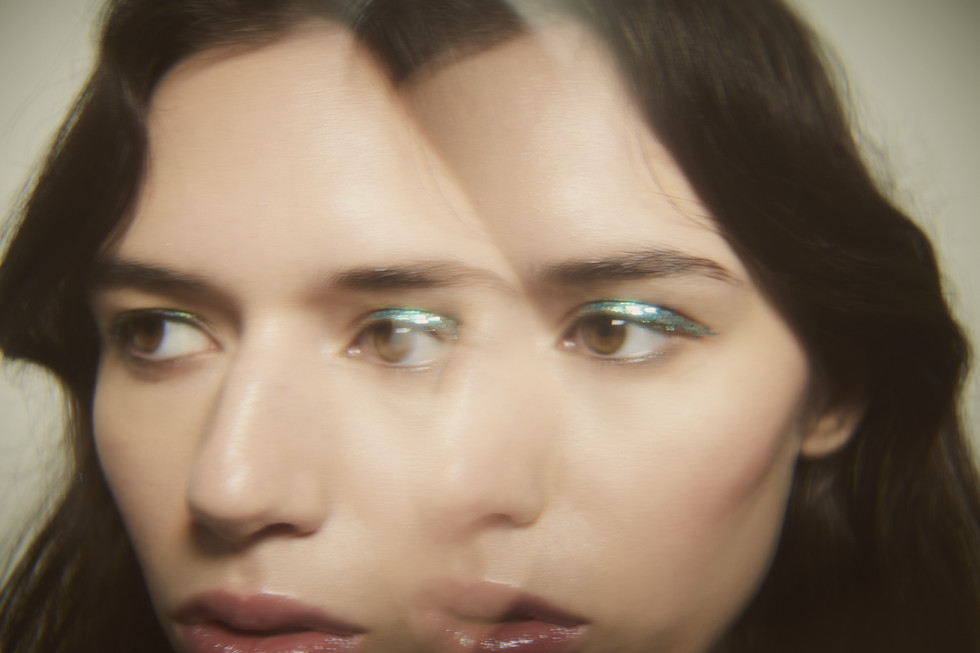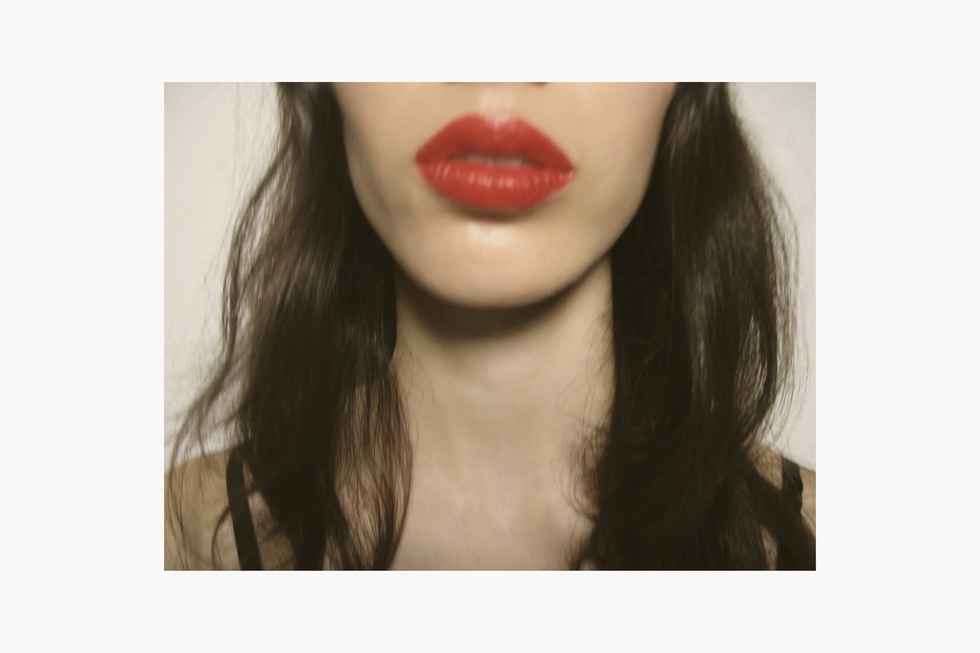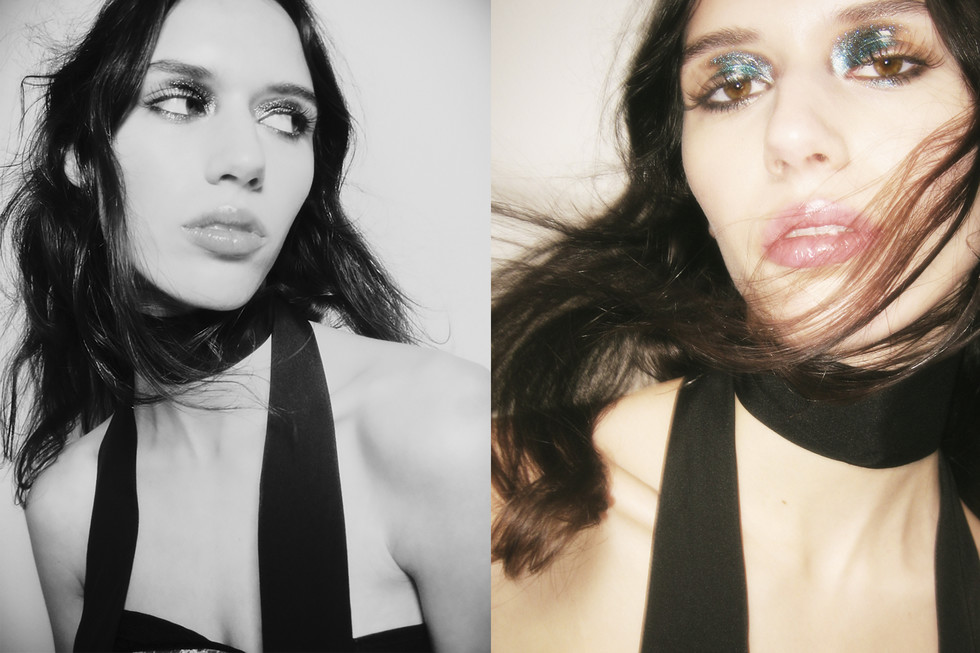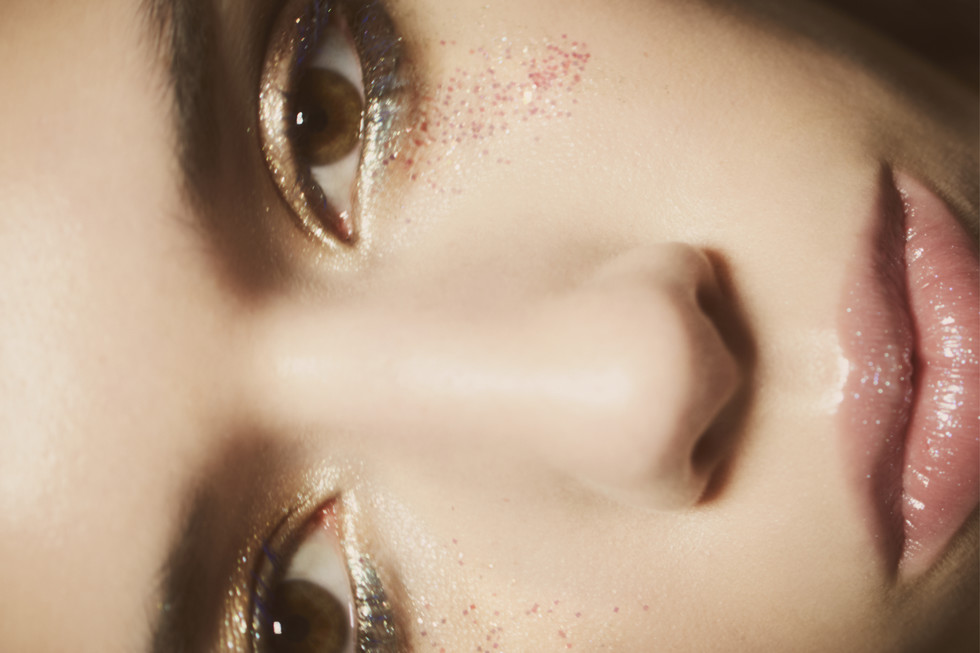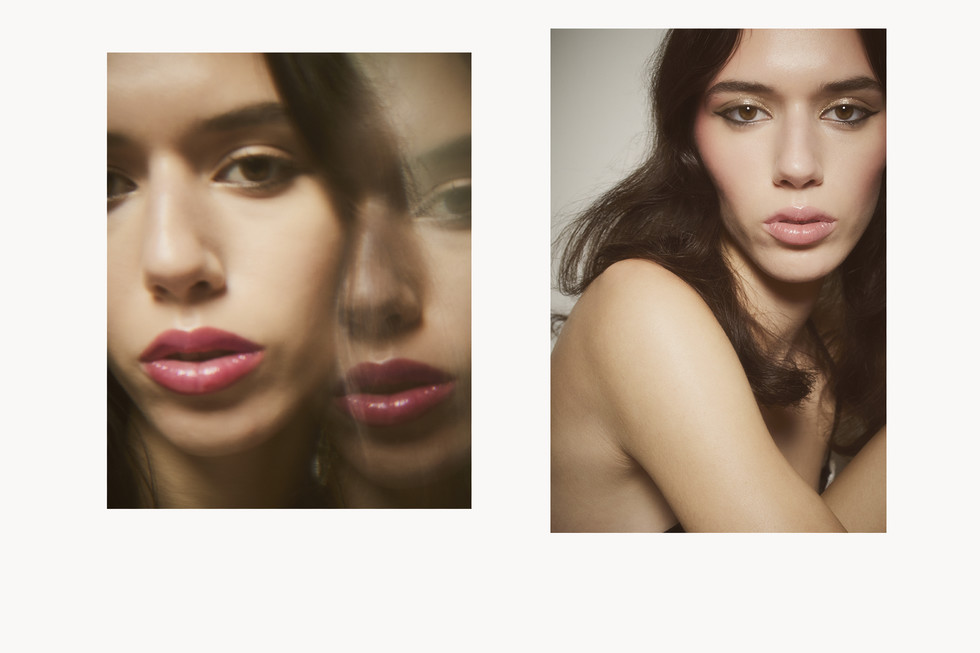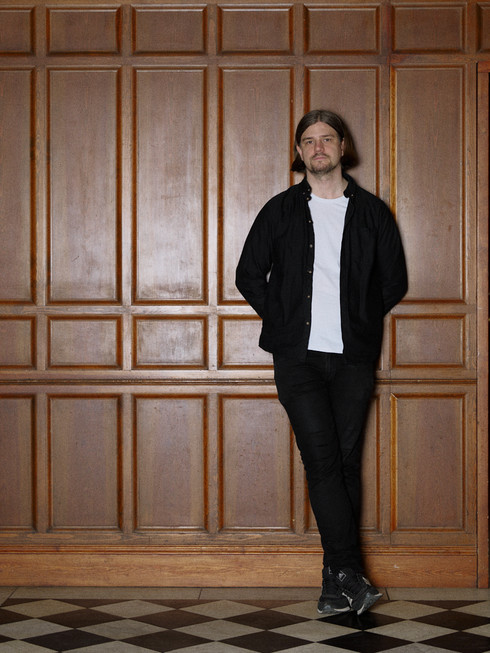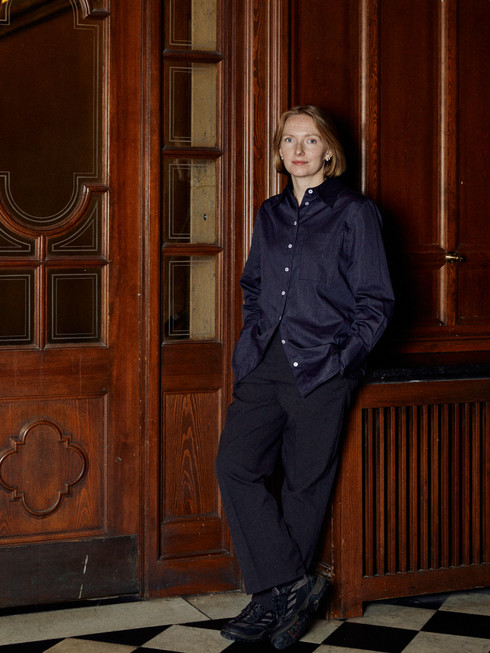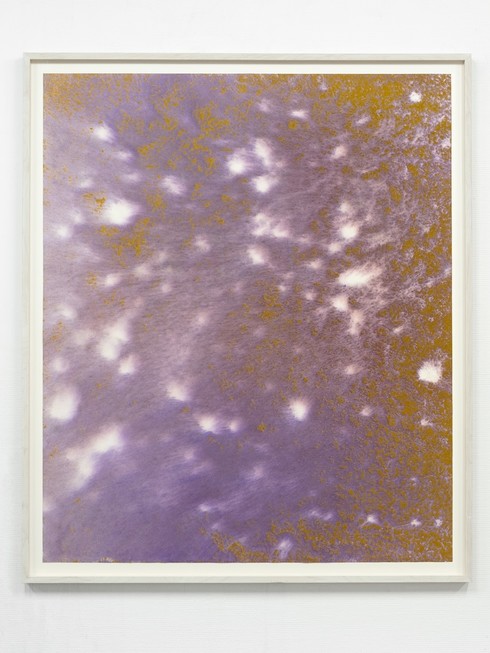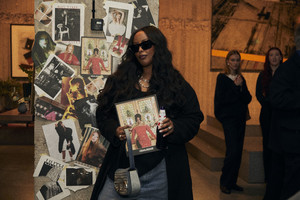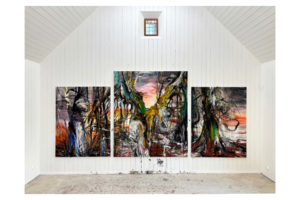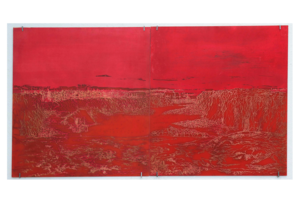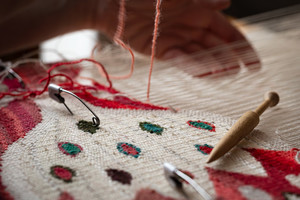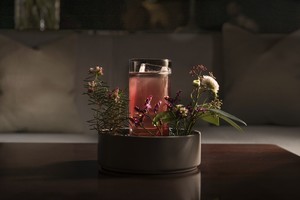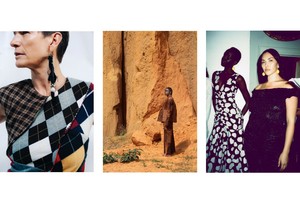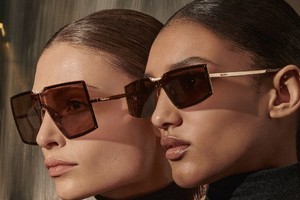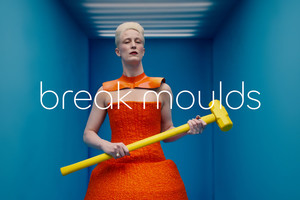Born in 1992 in Gothenburg, Fanny Hellgren is an artist whose work bridges the ephemeral and the eternal, capturing the cycles of nature and humanity’s search for meaning. Through innovative techniques blending sand, water, and pigment, she creates mesmerising landscapes and sculptures that reflect geological processes and cosmic origins.
This experimental approach, steeped in both scientific inquiry and mysticism, has earned her the prestigious Ann-Margret Lindell Stipendium for excellence in graphic art, making Hellgren one of the four receivers of the 2024 Ann-Margret Lindell Stipend offered by Grafikens Hus. Find out more insights about the artist’s creative process and how her art resonates with contemporary audiences navigating environmental and existential crises.
Natalia Muntean: Your work delves into geological processes and their connection to cosmic origins. How do you think these themes of time and materiality resonate with contemporary audiences?
Fanny Hellgren: I think these more eternal themes that I work with are always relevant in a way. Now, when we’re in the middle of an environmental crisis, ideas of how we’re part of nature and what our role is to it resonates with many people I believe. At times of political conflicts, wars, and humanitarian crises, people tend to search for more existential and spiritual expressions.
NM: How did you develop this method of working with sand, pigment, and water, and what challenges or discoveries have shaped it?
FH: I began making these works in 2020 during the pandemic when I was studying at Malmö Art Academy at the time and the school shut down suddenly. I didn’t have access to my studio anymore and this forced a turning point in my practice. I began spending a lot of time walking at the Ribersborg beach in Malmö, so I began making works outdoors using sand, stones and graphite powder to make marks on paper. The process evolved quite fast and I started using a spray gun to apply pigments mixed with water onto sand-covered papers.
I constantly discover new directions and results within this process. One important discovery was when I started using slightly bigger grains of sand, which resulted in the contour of every grain becoming visible and imprinted on the paper. This is conceptually important for this series. When you see the works close-up they are very detailed - you can see how the grains gather as islands and how the water finds its way around the dunes. But seen from a distance this is not perceptible and instead other patterns and shades appear. It’s like each work is a universe in itself.
NM: What does receiving the Ann-Margret Lindell Stipend mean for you, both personally and professionally, and how do you see it shaping your future as an artist?
FH: I’m very honoured to receive this grant. It means that I can dive deeper into my process to develop it and give myself the space in terms of time and money that is needed to take it seriously.
NM: The stipend celebrates excellence in graphic art. What do you think makes your approach to graphic art unique, and how does it align with the values of this award?
FH: I have never worked in a particularly traditional way with any medium. Instead, I prefer an experimental approach to the materials I use and enjoy discovering my own unconventional techniques. My sand drawings can be defined as drawings, paintings, or graphic art and I’m glad the jury thinks my work fits in this context and may contribute to widening the definitions of what graphic art can be. It’s really a kind of printing technique I’ve developed, but without a press and with an ever-changing result.
